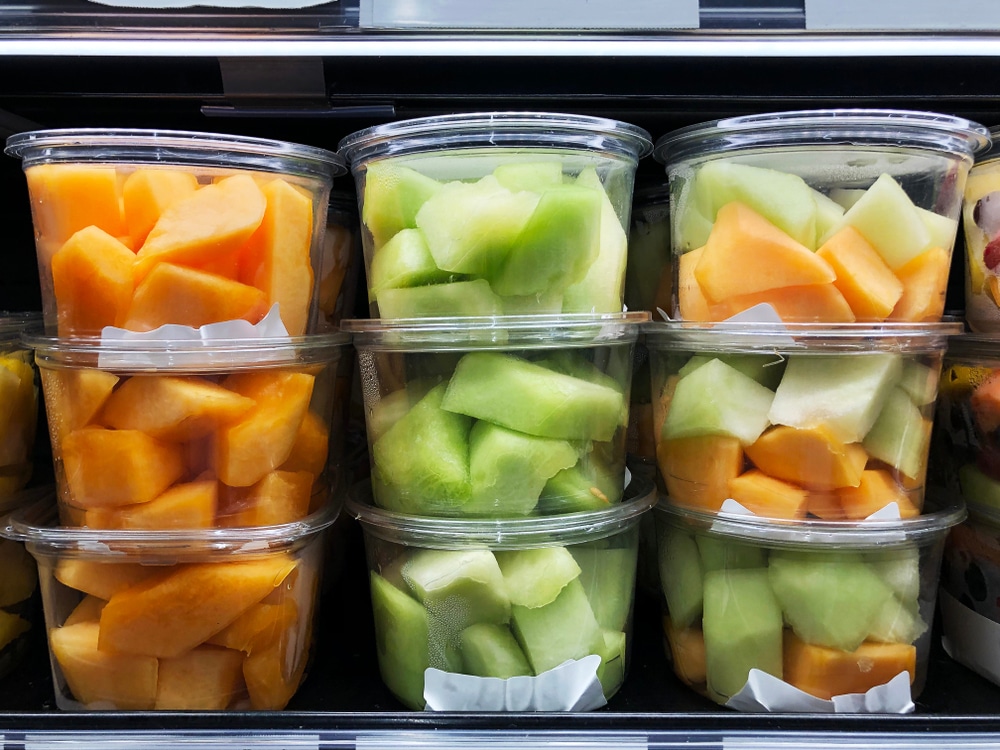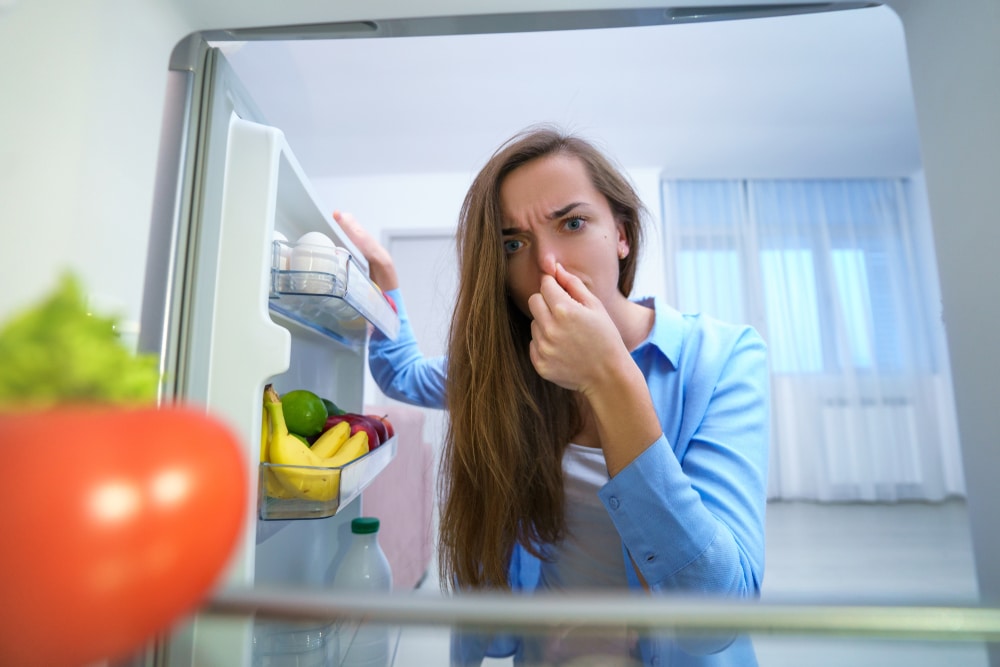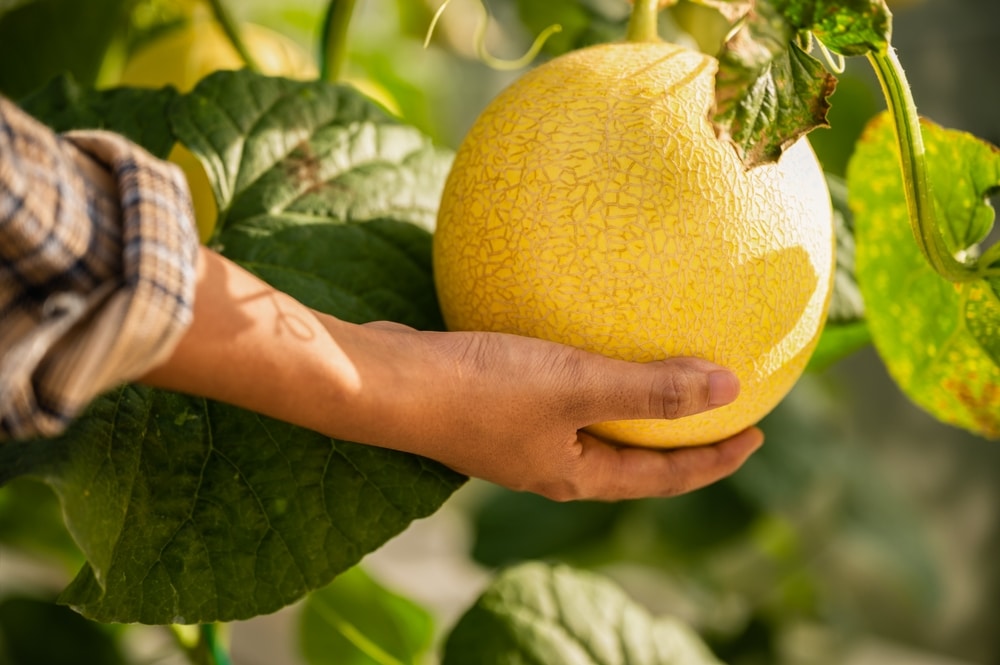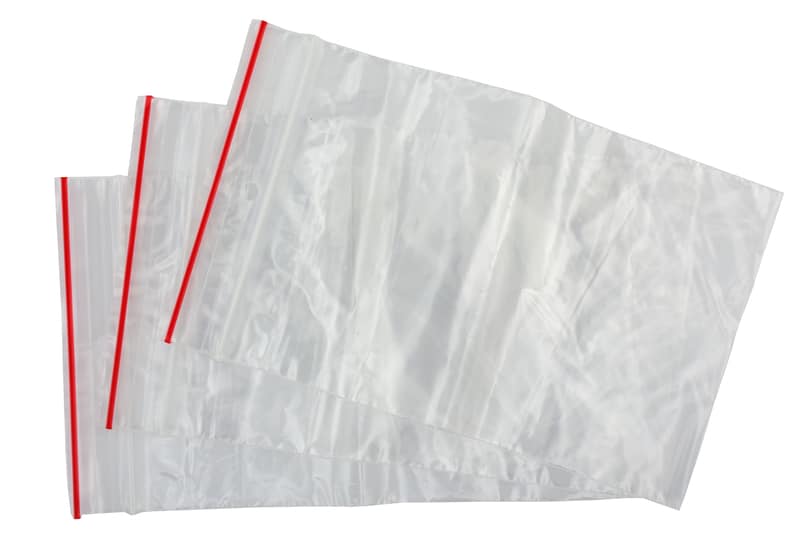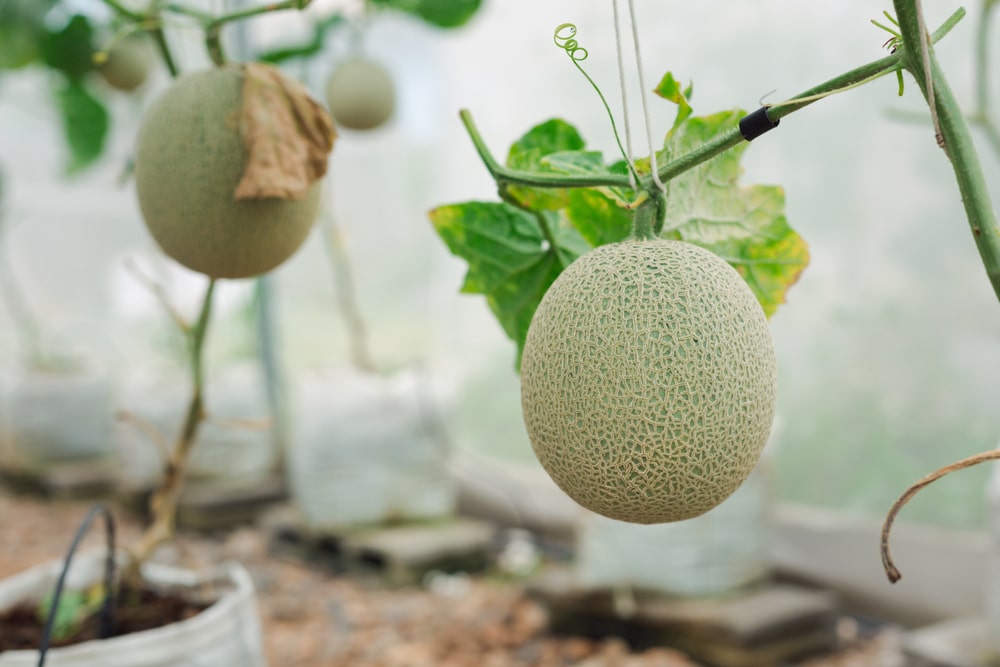
Cantaloupes are one of the most delicious summer fruits and are known for their sweet and sticky texture. However, the exterior is hard and looks like a shell.
There are different varieties of cantaloupes available on market with varying weights, sizes, and colors. For this reason, people wonder what cantaloupe with green inside means!
Why Are Cantaloupe Green Inside?
Meaning Of Green Interior In Cantaloupes
The cantaloupes are meant to be tan or beige in color when they are fully ripened. However, the unripe cantaloupes have green flesh.
Yellow and beige flesh is a clear indication that the cantaloupes are ripe. This means that the green flesh of the cantaloupe interior doesn’t mean that they are spoiled.
You can eat cantaloupe if the flower end of the fruit is slightly soft and the skin between the netting has become yellow. Also, the ripe and fresh cantaloupes have a strong and sweet aroma.
Shelf Life Of Cantaloupes
At room temperature, cantaloupe has a shelf life of five to seven days but you can refrigerate the fruit for over two to three weeks.
On the other hand, if the cantaloupes aren’t fully ripe, you have to put the cantaloupe at room temperature for an extra five to ten days.
In case the cantaloupe has been cut, it can be refrigerated for three to four days. Not many people know this but cantaloupe is a self-picking fruit, which means it disconnects from the vine as it matures.
Still, the fruit isn’t always ripe when it’s harvested, especially if they have to the exported because unripe and firm fruit can survive the transportation process.
Storing The Cantaloupes
The unripe cantaloupe can be ripened at room temperature, and once it’s ripe, you can put it in the refrigerator or leave it at room temperature, depending on when you will eat it.
The cut cantaloupes should be refrigerated and you’ve to use an airtight bag or container. Also, it’s recommended that you don’t remove the seeds unless you have to eat the fruit, as it helps retain the moisture.
Signs Of Spoiled Cantaloupes
Many people think that green flesh indicates rotten or spoiled cantaloupes but it only means that the fruit is unripe and has to be ripened at home. However, you must know the signs of spoiled cantaloupes, such as;
- Smell
First of all, you have to sniff the cantaloupes and see if it has a musky and sweet aroma – you should smell cantaloupe from the ring.
On the other hand, if there is mild or no smell, it means that the cantaloupes aren’t at peak of maturity and will be ready for consumption within a few days.
As far as the rotten or spoiled cantaloupe is concerned, it will have a fermented and pungent smell, especially when you cut the fruit.
- Texture
The second step is to check the exterior and interior of the fruit. If there is discoloration or bruising on the fruit or there is liquid releasing from the rind, the cantaloupe should be discarded.
As far as the interior is concerned, you should discard the cantaloupe if the flesh is brown or dark orange. Also, if there are brown or dark green spots in the flesh, they should be tossed.
- Feel
Fresh and healthy cantaloupe is likely to have a firm but not-too-hard texture. It’s recommended that you press the opposite end of the stem and if it has a bit of give, you can consume it.
On the other hand, if the cantaloupe is extra soft, mushy, or starts to fall apart in the hands, it’s past its prime and you should discard it.
Another trick is to tap on the cantaloupe and listen to the sound – ideally, the sound should be solid and low. However, if it has a high pitch, the fruit has lost moisture and isn’t recommended for eating.
- Mold
Mold automatically starts growing on the cantaloupe when it’s old, which appears in the form of brown patches.
In most cases, mold grows because of spores from bacteria and fungi. Not many people know this but bacteria can infest the flesh as well and cause the flesh to become green or grey and will be fuzzy.
The Right Way Of Ripening The Cantaloupe
As long as the cantaloupe’s green part isn’t fuzzy, it means that the fruit is unripe and you can put it on the countertop for ten to twelve days to let it ripe on its own.
On the other hand, if you want to accelerate the ripening process, you can try the tips mentioned in the section below;
- Use The Brown Bag
One of the easiest ways is to put the cantaloupe in a brown paper bag and let it sit there for a night. However, if a cantaloupe is too green, you can put the fruit in a brown bag for five to six days.
Putting the cantaloupe in the brown bag will keep the ethylene gas produced by the fruit within the bag, which speeds up the ripening process.
- Use The Oven
Another option is to use the oven. For this purpose, you’ve to put the fruit on the countertop and cut the cubes. Then, add vanilla and maple syrup to the fruit and bake it for two to three minutes at medium heat.
- Use The Rice
If you have a rice sack at home, we recommend that you put unripe cantaloupe in the rice sack – it produces and traps ethylene gas, which improves the ripening.
However, rather than putting the cantaloupe in raw form, it’s recommended that you wrap the fruit in linen napkins or linen cloth.
The Bottom Line
The unripe cantaloupes are pretty easy to ripe and have green flesh. If you are worried about the green flesh, we recommend that you check the texture.
That’s because the cantaloupe should be discarded if the green part has a mushy and fuzzy texture. On the other hand, if the fruit seems bland, you can add sugar and honey on your own!

